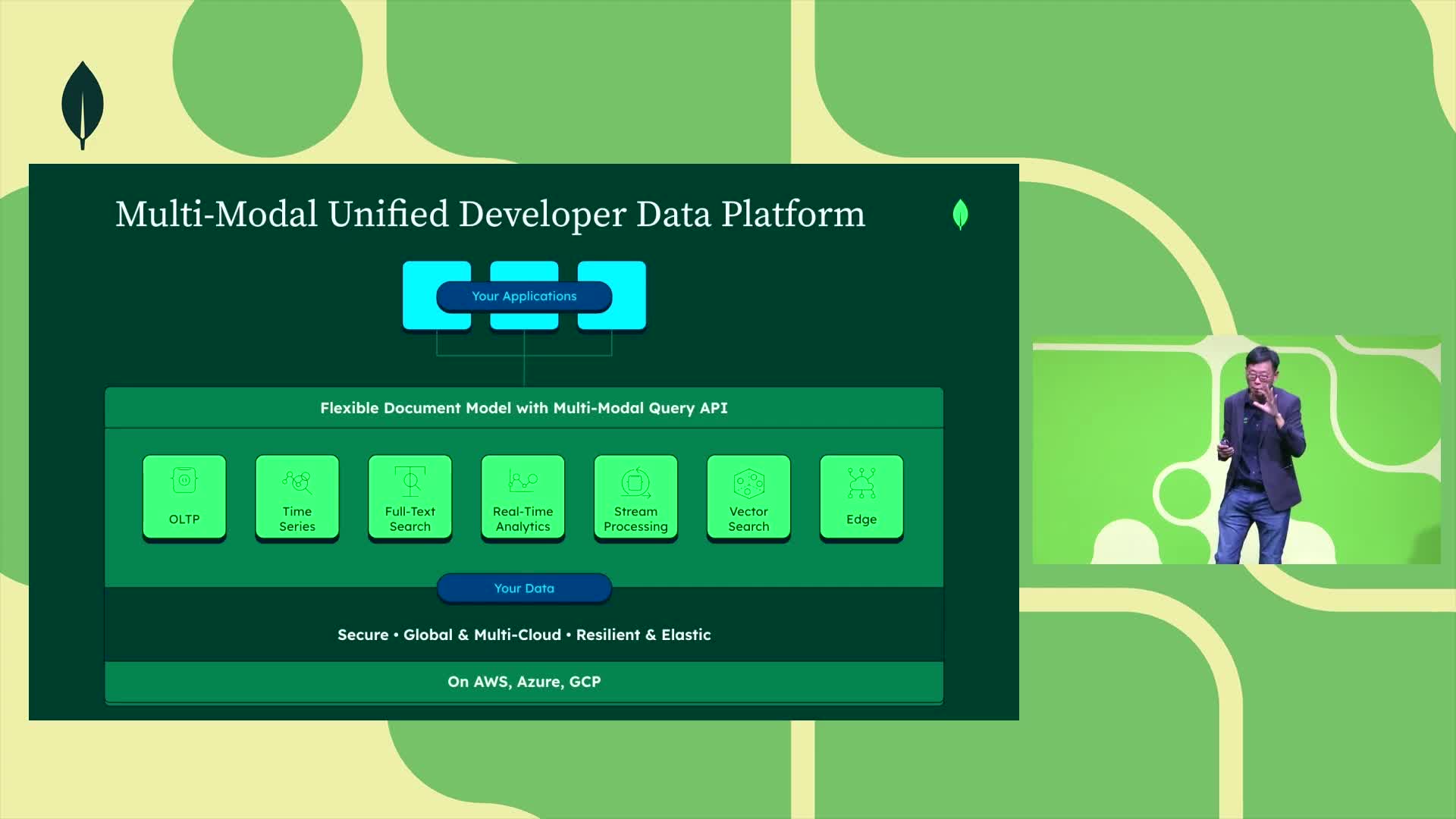AI Applications
Artificial intelligence (AI) applications have rapidly evolved, solidifying their position as transformative solutions across numerous industries. As organizations increasingly seek **AI automation tools**, the global AI market is on track to witness significant growth, driven by advancements in **machine learning applications** and innovative **artificial intelligence solutions**. These applications range from enhancing logistics in supply chains to personalizing customer experiences in marketing, showcasing the versatile implications of AI technologies. Recently, key sectors such as healthcare, finance, and education have harnessed the power of AI to improve processes and outcomes. For instance, AI is redefining healthcare through enhanced diagnostic tools and personalized treatment plans, while in finance, AI-driven algorithms bolster risk management and detect fraud more effectively. The integration of AI tools extends to various domains, including **AI marketing automation tools** and **AI test automation tools**, reflecting a growing trend toward efficiency and productivity across the board. Moreover, the emergence of agentic AI – which combines automation with autonomous workflows – is paving the way for innovative solutions that can adapt to complex tasks, promising even more refined operational capabilities. As enterprises explore the potential of AI-driven services and automated processes, understanding **the applications of machine learning** and the development of **artificial intelligence services** becomes crucial to staying competitive in a rapidly changing technological landscape.
How can Gemini 2.5 Pro transform static content into interactive visualizations?
Gemini 2.5 Pro can transform static content into interactive visualizations through several methods. Users can upload research papers or images and convert them into colorful, interactive dashboards using the Canvas tool, as demonstrated with the AI clinical practice dashboard example. The interface enables creating responsive elements that highlight when clicked. Additionally, Gemini offers tools like the Video to Learning app, which can transform YouTube videos into interactive learning experiences that organize content into structured formats. Users can also create custom visualizations from text prompts alone, as shown with the startup journey visualization, all without writing code. These features make complex information more engaging and accessible.
Watch clip answer (04:26m)What is artificial intelligence?
Artificial intelligence (AI) is the theory and development of computer systems capable of performing tasks that typically require human intelligence and discernment. It essentially refers to systems designed to act like humans in their ability to make decisions and solve problems. AI serves as a broad umbrella term encompassing numerous subfields with specialized applications. This technology enables machines to mimic human cognitive functions, making it possible for computers to handle complex tasks that previously required human judgment and reasoning abilities.
Watch clip answer (00:27m)How is AI and machine learning being utilized in the Proteus Maritime Domain Awareness Program?
AI and machine learning are helping Proteus process large volumes of imagery data at real-time speeds, which is crucial since vessels are continuously moving across vast oceans. The technology enables vessel identification by classifying ship types based on metrics like length and width. Additionally, AI algorithms have been tailored to detect specific fishing behaviors like long line, purse seine, and drift net fishing, helping identify illegal, unregulated, and unreported fishing activities. This capability allows authorities to monitor vessel tracks and recognize suspicious patterns that vary from day to day, significantly enhancing maritime surveillance effectiveness.
Watch clip answer (02:47m)How can machine learning models improve credit scoring compared to traditional methods?
Machine learning models improve credit scoring by collating data across multiple sources including credit bureaus, bank accounts, money laundering statuses, and alternative payment histories. Unlike traditional credit scoring techniques, these ML models consider additional factors like monthly rental commitments that are typically overlooked. The model can explain which features are most important for credit decisions in layman's language, providing transparency. This approach creates a more sophisticated risk profiling system that delivers personalized credit recommendations, making the process more inclusive for applicants who might be underserved by conventional scoring methods.
Watch clip answer (01:39m)What is artificial intelligence and what are its types?
Artificial intelligence refers to the simulation of human intelligence in machines that are programmed to think like humans and mimic their actions. It can apply to any machine that exhibits traits associated with the human mind, such as learning and problem solving. There are three main types of AI: Artificial Narrow Intelligence (the current state focused on specific tasks like smart assistants), Artificial General Intelligence (a future state capable of broad tasks, reasoning and self-improvement), and Artificial Superintelligence (a theoretical state of machine consciousness with intelligence greater than humans). AI is increasingly being used in various fields including medical diagnostics, financial advice, and manufacturing.
Watch clip answer (02:27m)How does AI impact cybersecurity?
AI is a double-edged sword in cybersecurity. On one hand, it empowers defenders with advanced tools that analyze massive datasets at unprecedented speeds, detect threats in real time, identify malicious code with high accuracy, and automate incident response for more efficient handling of potential threats. This allows security teams to be more proactive rather than reactive. On the other hand, AI is also a powerful tool for attackers, enabling them to create sophisticated malware capable of adapting and evolving to bypass security measures. AI-powered attacks can generate convincing phishing attempts that trick even cautious individuals and spread disinformation at alarming rates. This dual nature makes AI both revolutionary for defense while simultaneously creating new vulnerabilities organizations must address.
Watch clip answer (01:44m)




